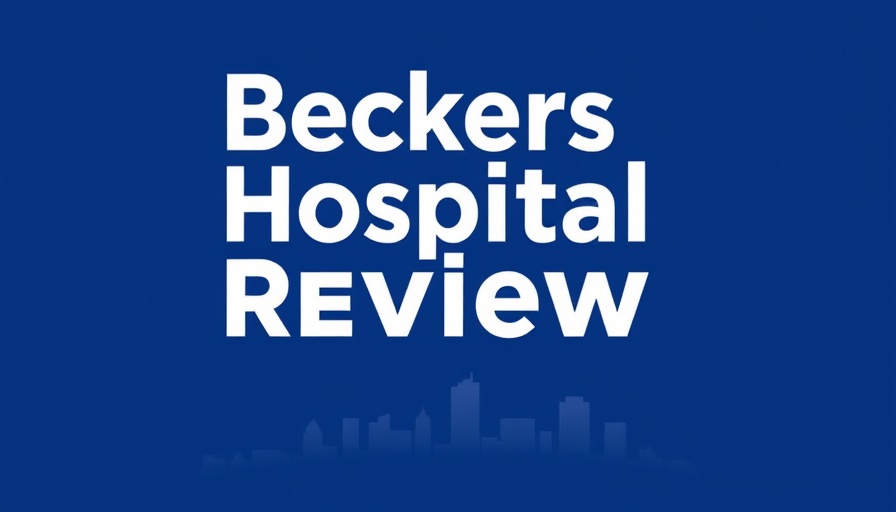
The Dawn of New Leadership at HCA Colleton Medical Center
The healthcare landscape is constantly evolving, and a significant shift occurred recently with the announcement that Colin O’Sullivan has been appointed as the new CEO of Colleton Medical Center in Walterboro, S.C. This change is part of the broader commitment HCA Healthcare, based in Nashville, Tenn., has towards enhancing leadership across its facilities.
Experience That Matters
O’Sullivan arrives with over 25 years of experience in senior leadership roles in the healthcare sector. His previous position as CEO of Advanced Dallas Hospital & Clinics adds a layer of expertise that will undoubtedly play a crucial role in navigating the complexities of patient care and hospital administration. O’Sullivan’s career also encompasses notable executive roles with Cornerstone Healthcare Group and LifeCare Management Services, which gives him a wealth of knowledge in operational strategies and healthcare management.
Why Leadership Changes Matter to Community Health
Leadership at hospitals can significantly impact patient care and employee engagement. With O’Sullivan's wealth of experience, local health professionals and community members alike can expect a strengthening of healthcare services designed to improve their collective well-being. The new CEO’s focus on operational efficiency could provide pathways to enhanced healthcare delivery models, including better patient engagement tools and administrative efficiencies.
Embracing Innovation and Efficiency
As healthcare moves toward automation, Colleton Medical is likely to explore healthcare automation technologies that streamline processes, reduce wait times, and improve patient care outcomes. This could involve implementing practice efficiency solutions that utilize AI phone agents and other tools to enhance operational workflows. By integrating remote therapeutic monitoring and telehealth revenue tools, the hospital may not only boost patient satisfaction but also maximize insurance reimbursements, including those supported by Medicare.
A Community-Focused Vision
The appointment of Colin O’Sullivan signifies a shift towards more community-oriented healthcare practices. Healthcare is not merely a business; it encompasses the very fabric of community well-being. Fostering local relationships, engaging with independent providers, and considering the unique needs of families will be vital in his leadership approach. The healthcare sector can play a pivotal role in ensuring that aging populations are supported through senior care solutions that prioritize aging in place.
Looking Ahead: Strategies for Success
What can we anticipate from O’Sullivan's tenure? Considering his background, the community can expect a focus on enhancing clinical outcomes through comprehensive staff training and retention strategies, a means to ensure that communities receive care from reliable professionals. In a world increasingly skewed towards digital, prioritizing provider onboarding tools and ensuring medical staff retention will be critical in building a stable and effective healthcare environment.
Recognizing the Challenges Ahead
While the future is promising, challenges such as healthcare compliance and the complexities of medical billing recovery can pose risks to operational success. O’Sullivan's leadership will require a keen awareness of these challenges to pivot strategies effectively.
Call to Action for Local Providers
It’s essential for local providers and healthcare professionals to stay engaged with these changes at Colleton Medical Center. By understanding the driving strategies behind leadership decisions, independent physicians, nurse practitioners, and others can align their services to complement the direction of the hospital. Get involved in discussions about healthcare transformations and your role in shaping a better community for all.
 Add Row
Add Row  Add
Add 




Write A Comment